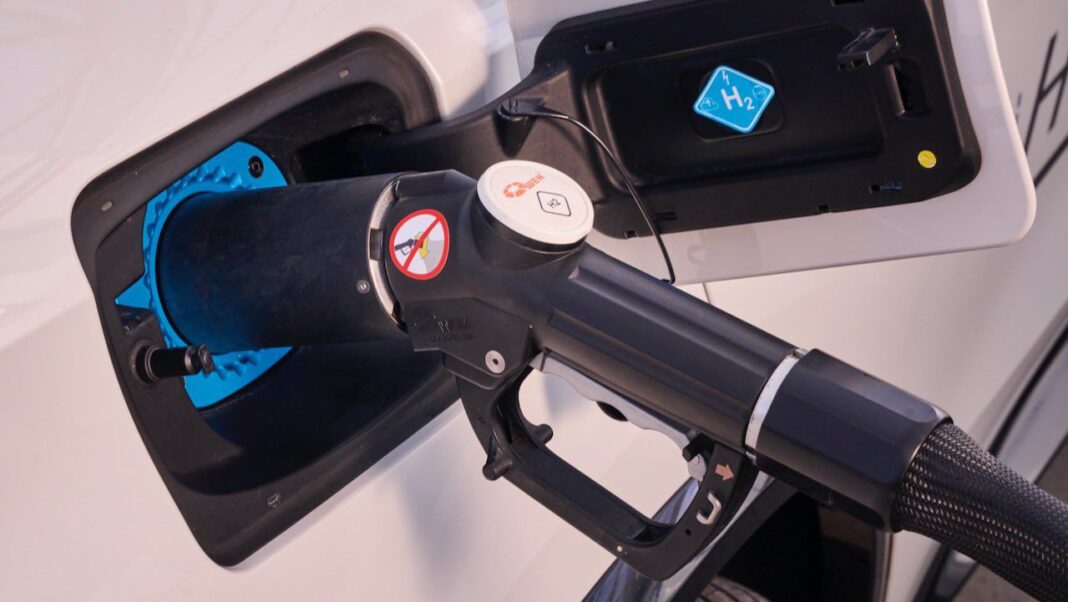Hydrogen-powered cars are quietly carving out a third option in the world of vehicles, alongside the familiar internal combustion engine (ICE) cars and the fast-growing electric vehicle (EV) movement. The idea isn’t exactly new. Back in 1966, General Motors introduced the first-ever hydrogen-powered car called the Electrovan. It was a massive van packed with fuel cell tech originally developed for space exploration. It was far from practical it was extremely heavy, had limited range, and cost a fortune to build, but it proved something very important, hydrogen could power a car without burning any fuel or producing harmful emissions. That early experiment, though clunky, opened the door for future innovation. Fast forward, Toyota hopped on the trend with the Toyota Mirai, a hydrogen fuel cell electric vehicle (FCEV) that generates electricity from hydrogen and emits only water as a byproduct.
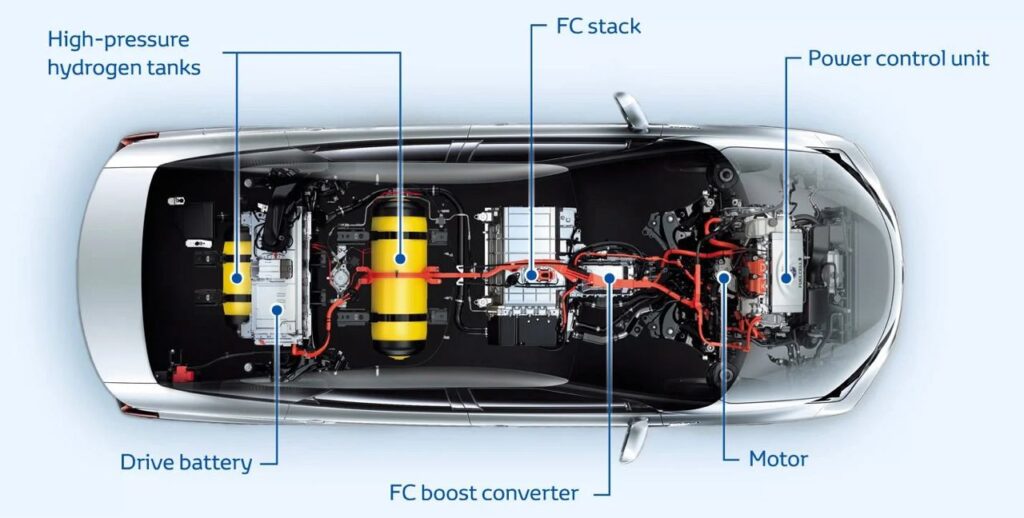
Today, hydrogen cars have come a long way. The fuel cells are smaller, more efficient, and more reliable. Instead of using large liquid tanks, modern hydrogen vehicles store compressed hydrogen gas in lightweight carbon-fiber tanks. These tanks can now hold enough fuel to take a car over 500 kilometers on a single fill, and refueling takes about the same time as pumping gas, just a few minutes. That’s one of hydrogen’s biggest wins, it combines the clean benefits of electric cars with the fast refueling of traditional gas-powered cars. And while electric cars can struggle with heavy-duty tasks, hydrogen vehicles can handle big jobs like powering trucks, buses, or large SUVs without compromising on weight or range. But hydrogen isn’t without its headaches. Producing it cleanly is still tricky and expensive, the refueling network is very limited, and the overall cost of building and running these cars is still high.
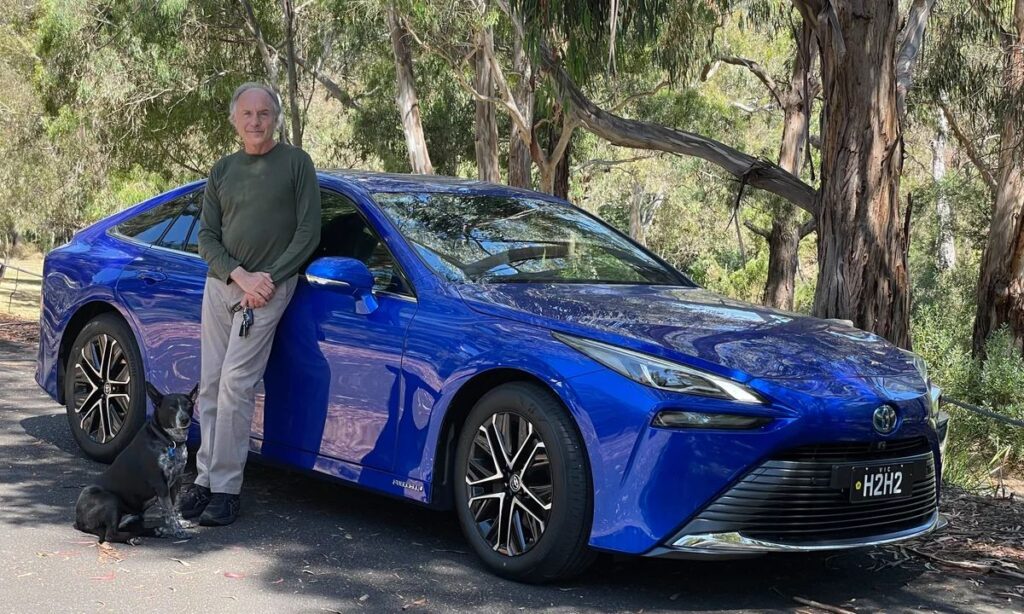
BMW is one of the few carmakers stepping up to try and push hydrogen into the mainstream again. Their iX5 Hydrogen is a bold move, a high-tech SUV that’s designed to perform like a premium electric car but runs entirely on hydrogen. It holds about 6 kilograms of hydrogen in two strong carbon tanks, giving it a driving range of over 500 kilometers and a refill time of just 3 to 4 minutes. Under the hood, it packs a punch too; around 400 horsepower and acceleration quick enough to compete with sporty gas vehicles. It’s not just a concept either BMW has built a small batch of these hydrogen-powered SUVs and is testing them across different parts of the world, including Europe and Asia. The goal isn’t mass production just yet, but rather to gather data, test the waters, and see how drivers respond.
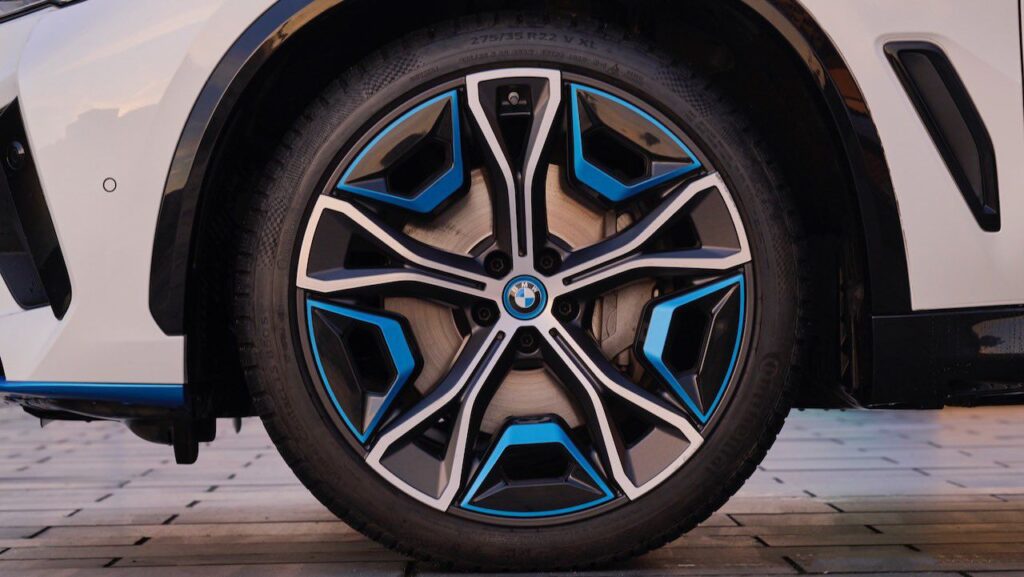
That said, hydrogen cars like the iX5 Hydrogen aren’t without limits. BMW admits that the car is still in its early phases and won’t be available to the general public anytime soon. In real-world driving, the range often dips below the official numbers, depending on how and where you drive. Fueling up with hydrogen can also be expensive, and unless you live near one of the very few hydrogen stations, it’s simply not practical yet. The infrastructure needs to grow a lot. Hydrogen also needs to be made in cleaner ways, like using solar or wind power, for the entire process to be truly green. The tanks, while lighter than before, are still costly, and making enough of them for millions of cars would take time and investment.
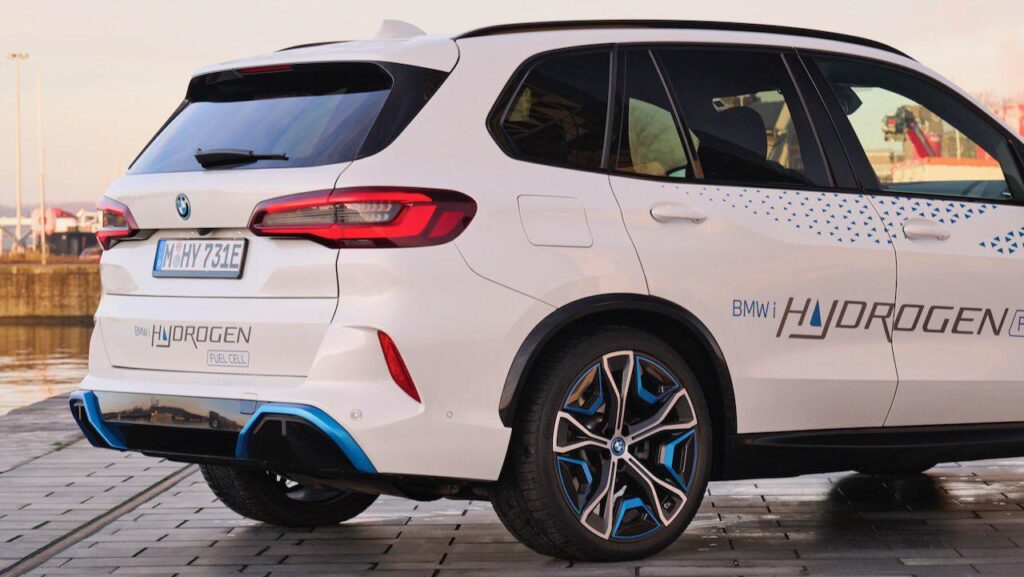
So, how realistic are hydrogen cars? The truth is, they’re not going to replace electric cars or gas cars anytime soon but they do have a strong future, especially in places or industries where battery-electric vehicles fall short. They offer something unique: a fast, clean, and powerful driving experience that doesn’t rely on long charging times or massive batteries. As we continue to look for greener transportation solutions, hydrogen cars could become a powerful piece of the puzzle, not for everyone, but definitely for the right situations. With companies like BMW taking the leap and pushing the technology forward, hydrogen cars might finally get their moment in the spotlight, not as the star of the show, but as a strong supporting act in the journey toward cleaner roads.



